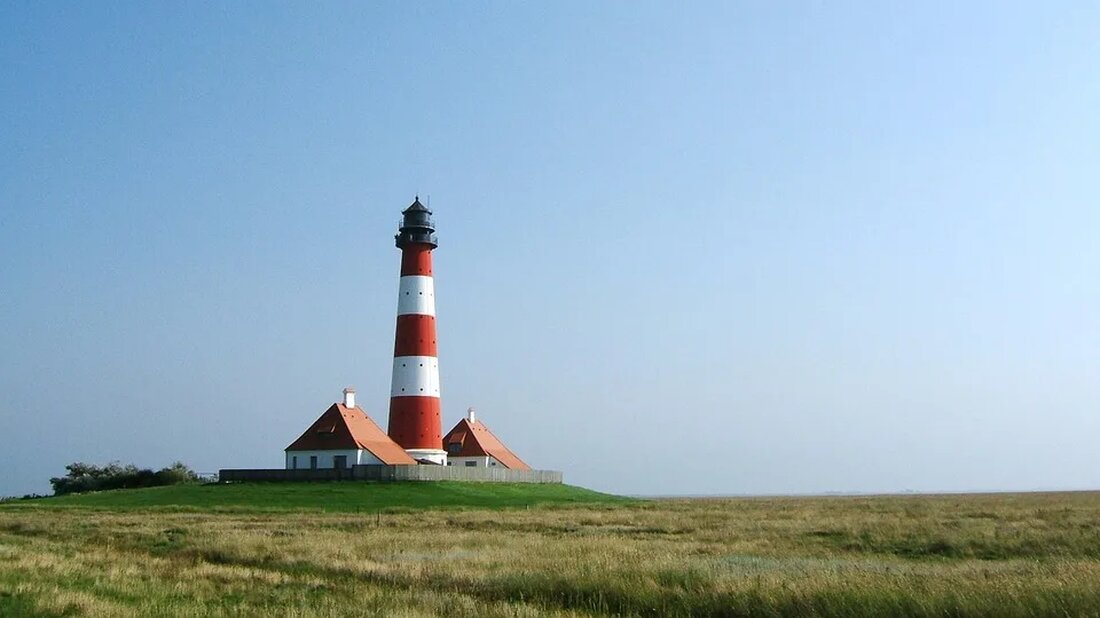Why are salt marshes so important?
Salt marshes are ecosystems located in transition zones between land and sea and play an important role in the Earth system. Their worldwide distribution makes them an indispensable part of global biodiversity and they contribute significantly to maintaining planetary health. But why exactly are salt marshes so important? The answer lies in their unique ability to store carbon dioxide, their role as a habitat for a wide range of animal and plant species and as a natural coastal defense. These aspects make the salt marshes an extremely valuable ecosystem, both from an ecological and economic perspective. The ecological importance of salt marshes Carbon storage Salt marshes are...

Why are salt marshes so important?
Salt marshes are ecosystems located in transition zones between land and sea and play an important role in the Earth system. Their worldwide distribution makes them an indispensable part of global biodiversity and they contribute significantly to maintaining planetary health. But why exactly are salt marshes so important? The answer lies in their unique ability to store carbon dioxide, their role as a habitat for a wide range of animal and plant species and as a natural coastal defense. These aspects make the salt marshes an extremely valuable ecosystem, both from an ecological and economic perspective.
The ecological importance of salt marshes
Carbon storage
Salt marshes are excellent carbon stores. They can effectively bind and store carbon dioxide – a greenhouse gas that contributes significantly to global warming. They are one of the so-called "blue carbon sinks", which get their name from their ability to convert carbon into biomass through photosynthesis and produce oxygen in the process. This happens during photosynthesis, when plants absorb carbon dioxide from the atmosphere and convert it into glucose, which they then use as an energy source.
biodiversity
Salt marshes are also hotspots of biodiversity. This means they are home to a variety of animal and plant species - including many endangered and protected species. Seabirds, insects, fish and mammals depend on this unique environment for food, shelter and spawning grounds. Salt marshes are also important resting places for migratory birds on their long journeys.
Water quality
Salt marshes also help improve water quality. The plants and soil of the salt marshes serve as natural filters for the surface water that flows into the sea. They retain sediments and pollutants – such as heavy metals or pesticides – and thus prevent them from reaching the sea.
The economic importance of salt marshes
Natural coastal protection
Salt marshes act as natural coastal protection. They dampen the force of the waves and thus reduce coastal erosion. This aspect is particularly important in times of climate change and rising sea levels. According to a study by the Nature Conservancy, salt marshes protect coastal regions from over $625 million in damage from storm surges annually.
Fisheries and aquaculture
Salt marshes are also of great importance for fishing and aquaculture. They serve as spawning grounds and nurseries for many marine species - including economically important fish and crustaceans. The healthy and productive function of this habitat is therefore also essential for the yield of fishing and aquaculture.
Nature tourism
In addition, salt marshes offer a variety of recreational opportunities and are an attraction for nature tourism. Hiking, bird watching or just enjoying the peace and beauty of nature – these are just a few of the activities that people can enjoy in salt marshes. The value of this “ecotourism” can be in the millions and is an important factor in local and regional economic life.
conclusion
The importance of the salt marshes can hardly be overestimated. They play a critical role in the overall health of our planet by storing carbon dioxide, helping to combat climate change. They are home to a variety of animal and plant species and help improve water quality. They also protect our coasts from erosion and serve as vital spawning grounds for many marine species. And they generate significant income from tourism, fishing and aquaculture. Despite their enormous importance, salt marshes are still threatened worldwide, particularly by climate change, land use and pollution. Urgent action is needed to protect and restore these unique ecosystems that provide such essential services to us and our planet.

 Suche
Suche
 Mein Konto
Mein Konto
